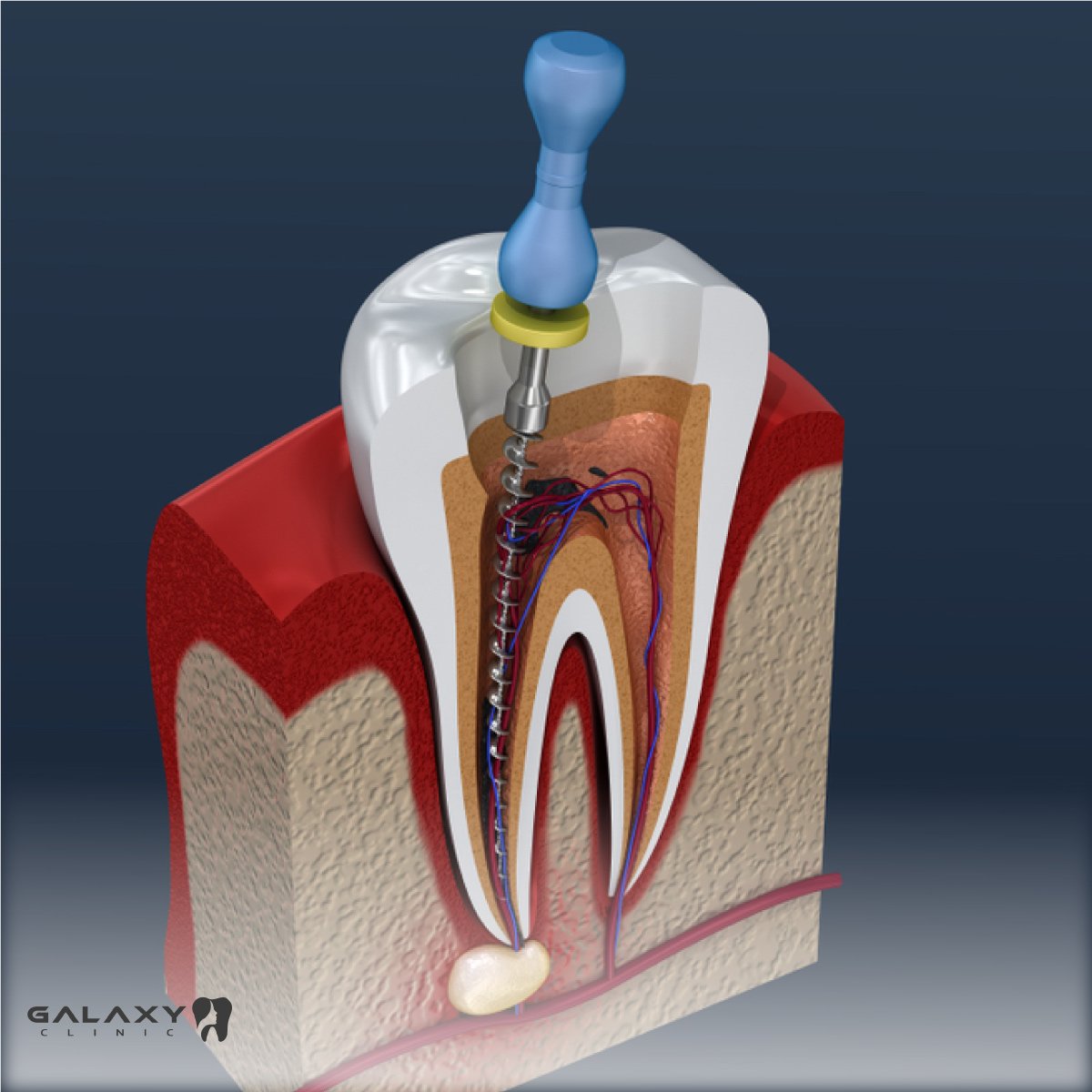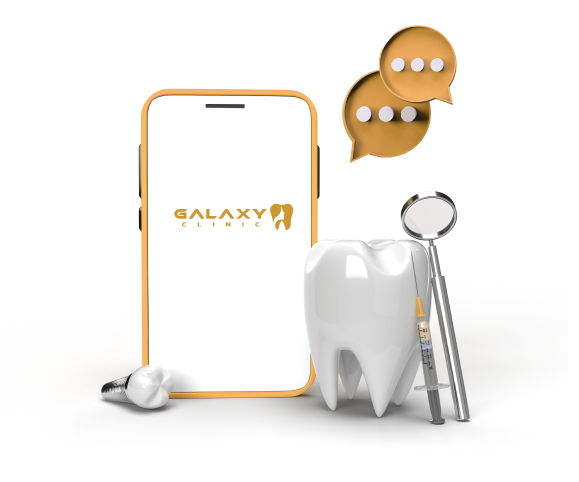Root canal therapy
Teeth anatomy
Tooth are composed of different layers that are essential for chewing and other functions like speech, the teeth parts include:
- Enamel: The white outer layer of the tooth, which is made from calcium phosphate.
- Dentin: The layer beneath the teeth that contains tissue tubes and when the enamel is impaired, tooth sensitivity increases due to cold and hot drinks or foods.
- Pulp: Soft inner layer of the teeth that is composed of blood vessels and nerves.
- Cementum: A layer that is composed of connective tissue which connects the roots of the teeth to the gum and jawbone.
- Periodontal ligament: tissue that assists in holding the teeth against the jaw.
Tooth nerve infection is mainly caused by bacteria accumulation resulting a deep decay, large and cracked fillings, repeated dental procedures, cracked teeth and face traumas.
When is root canal treatment recommended?
Nerve infections are diagnosed through x-rays that show that the pulp has been impaired by a bacterial infection! And this infection causes several symptoms such as high sensitivity that causes pain when eating or drinking cold or hot drink and food, Moreover, it causes pain while chewing or biting food and may result in losing one of your teeths.
If this infection left untreated, symptoms may disappear as the nerves inside the pulp die, but it will spread through the root canal system resulting in further symptoms such as:
- Severe pain while chewing and biting.
- Swollen and reddened gum.
- Abscess secretions from the affected tooth.
- Tooth discoloration.
- Swollen jaw or cheek.
That’s why, you should check up with your dentist if you feel any toothache and seek medical advice if you experience any of these symptoms.
Complications that may appear when infected pulp is not removed
As bacteria multiplies through the root canal, Abscess starts to form at the end of a tooth’s root leading to several complications such as:
- Swelling in face, neck and head.
- Jawbone loss.
- A hole may develop resulting in drainage into the gums or through the cheek into the skin.
Root canal treatment :
This procedure can be applied by removing the bacteria from the root canal system which is known as root canal treatment and clean the teeth from inside or by removing the tooth (extraction).
After the bacteria is removed, the root canal will be filled and sealed with a filling or crown.
And here are some advices for recovering from the root canal treatment :
- Eat soft food and try to avoid hard foods.
- Dentists may recommend taking painkillers such as paracetamol or ibuprofen to relieve pain.
- You should not feel pain after the procedure is done, contact your dentist if you experience pain.
- Maintain your dental hygiene.
- Try to avoid smoking.


